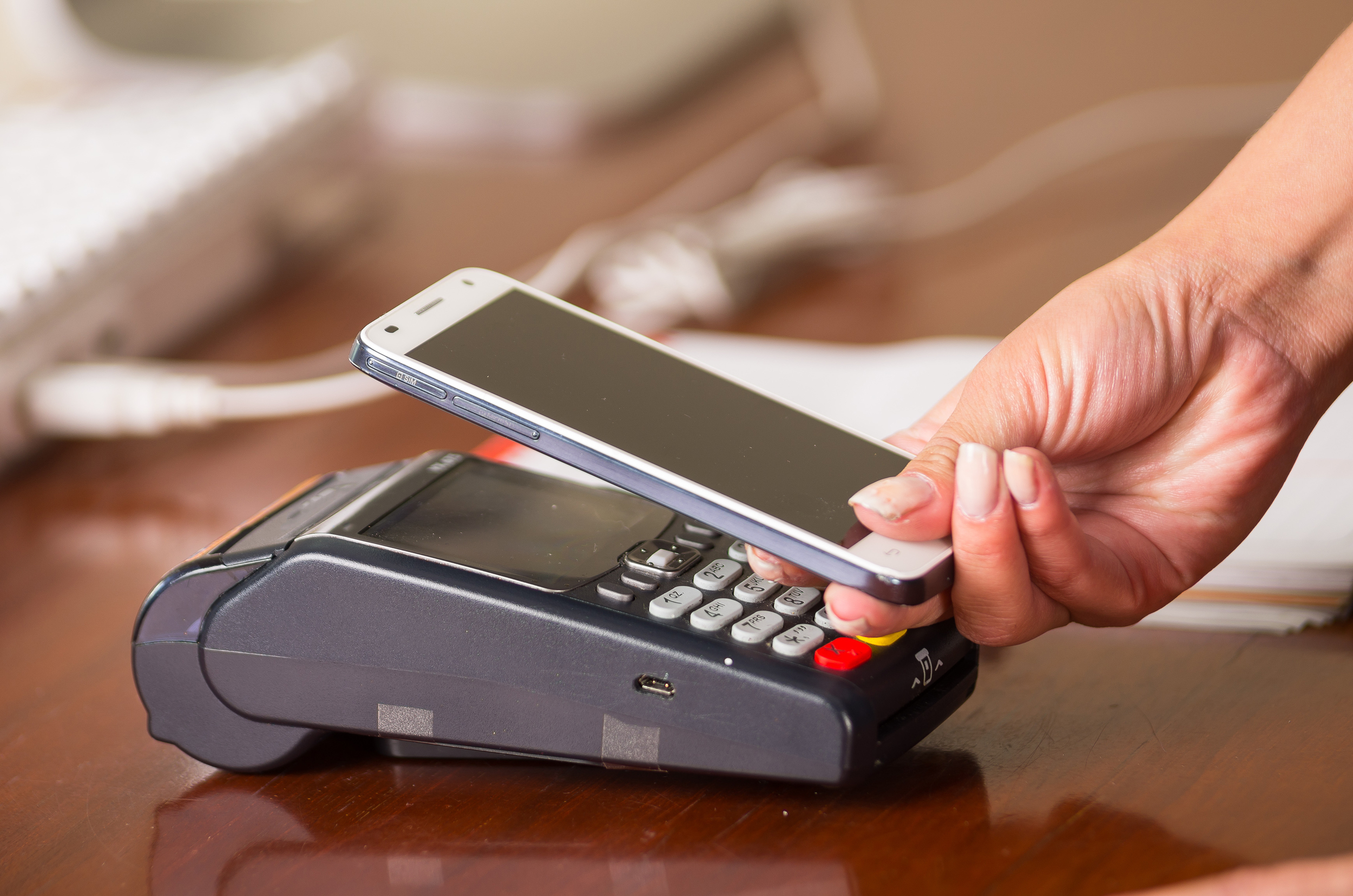Over the past two years, both established companies and new startups have been investing heavily in improving their blockchain and mobile payment infrastructure. A blockchain is defined as a distributed database that maintains a continuously growing list of data records secured from tampering and revision. The benefits of increased security and near-instantaneous availability of funds will radically change how we currently view online mobile payments.
There are four major reasons why blockchain will revolutionize mobile payments:
- Increased mobile payment security
- Instant access to funds
- Expansion of digital wallets
- Reduction in the cost of remittance fees
Mobile payments have often been considered vulnerable given the exponential growth of mobile payment fraud especially fraud and duplicate charging. The blockchain has the ability to reduce, if not eliminate, this vulnerability since transactions are logged into a permanent ledger that is impervious to tampering. In addition, the distributed record of financial transfers and extremely secure user accounts will provide a significant barrier to any cybercriminal activity.
The second benefit of blockchain technology is the near-instantaneous availability of funds following a financial transfer. Currently, Bitcoin transfers often take several minutes to go through while other mobile payments transfers take several hours to finalize. The blockchain will revolutionize this payment transfer through use of significantly faster networks. By the time you finish reading this sentence, the funds transferred from one account to another will be fully available.
Another benefit of the blockchain is the near-elimination of almost all other methods of payments. Check payments were all-but-eliminated with the invention of the ATM. In the same way, the blockchain will complete the transformation to a nearly cashless society relegating cash and credit cards as obsolete relics. With the ability to use multiple signature methods for verifying purchases and the promise of a reduction of fees on online purchases through enhanced security, the digital wallet will rapidly become the payment method of choice in today's economy.
The last significant benefit of blockchain is significantly reduced remittance fees. As reported by theWorld Bank, the cost of sending remittances was 7.37% as of December 2015. Blockchain promises to greatly reduce if not eliminated transfer and processing fees providing a significant economic benefit to its users.
Blockchain and mobile payments promises to change the way we currently think about online payments through enhanced security, instant fund availability and reduced fees. In the years to come, blockchain stands to become the payment method of choice across the globe.
















